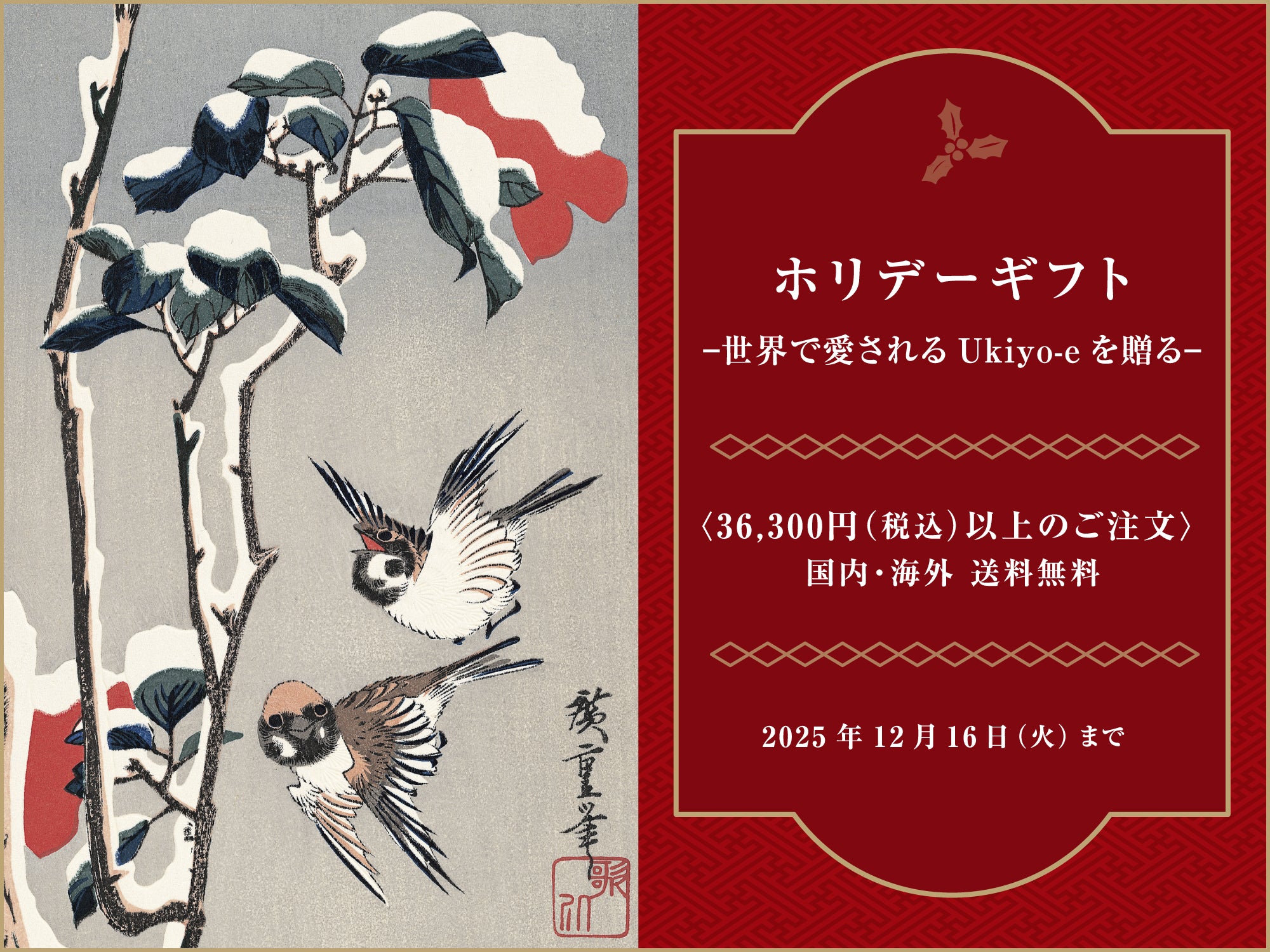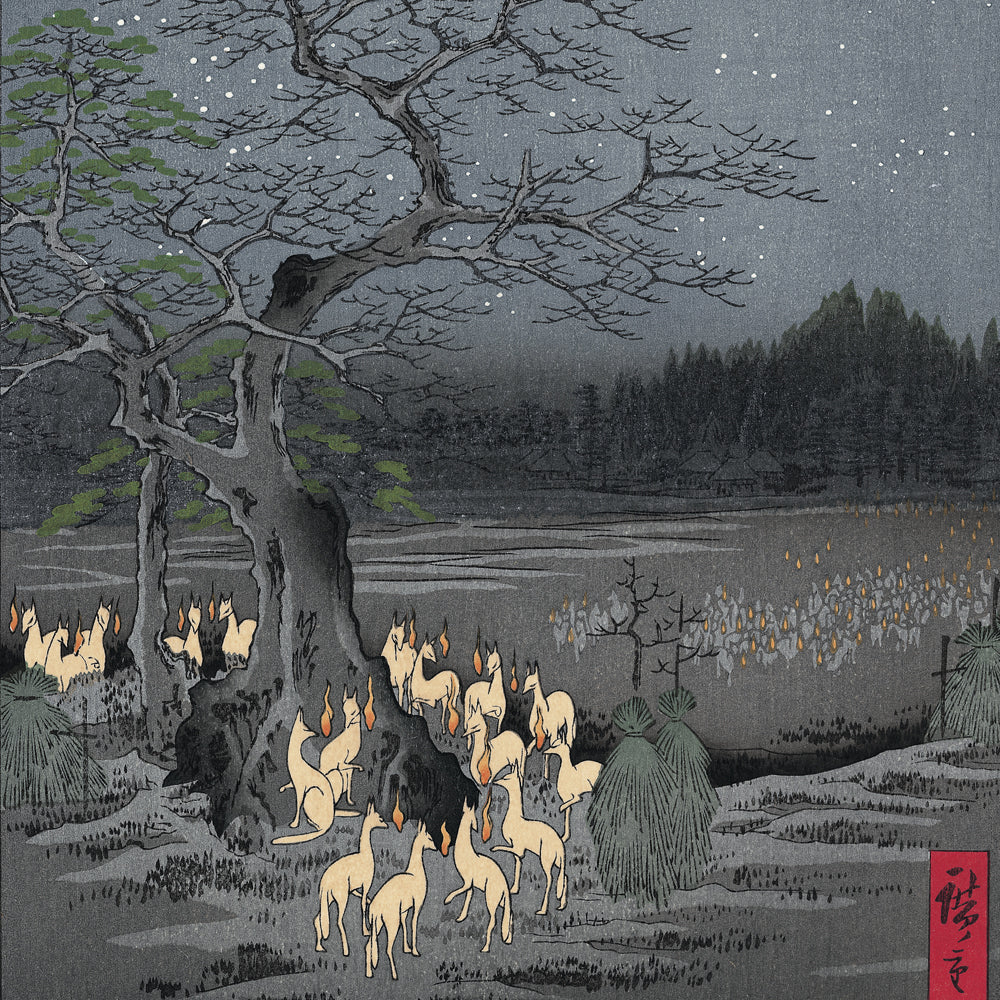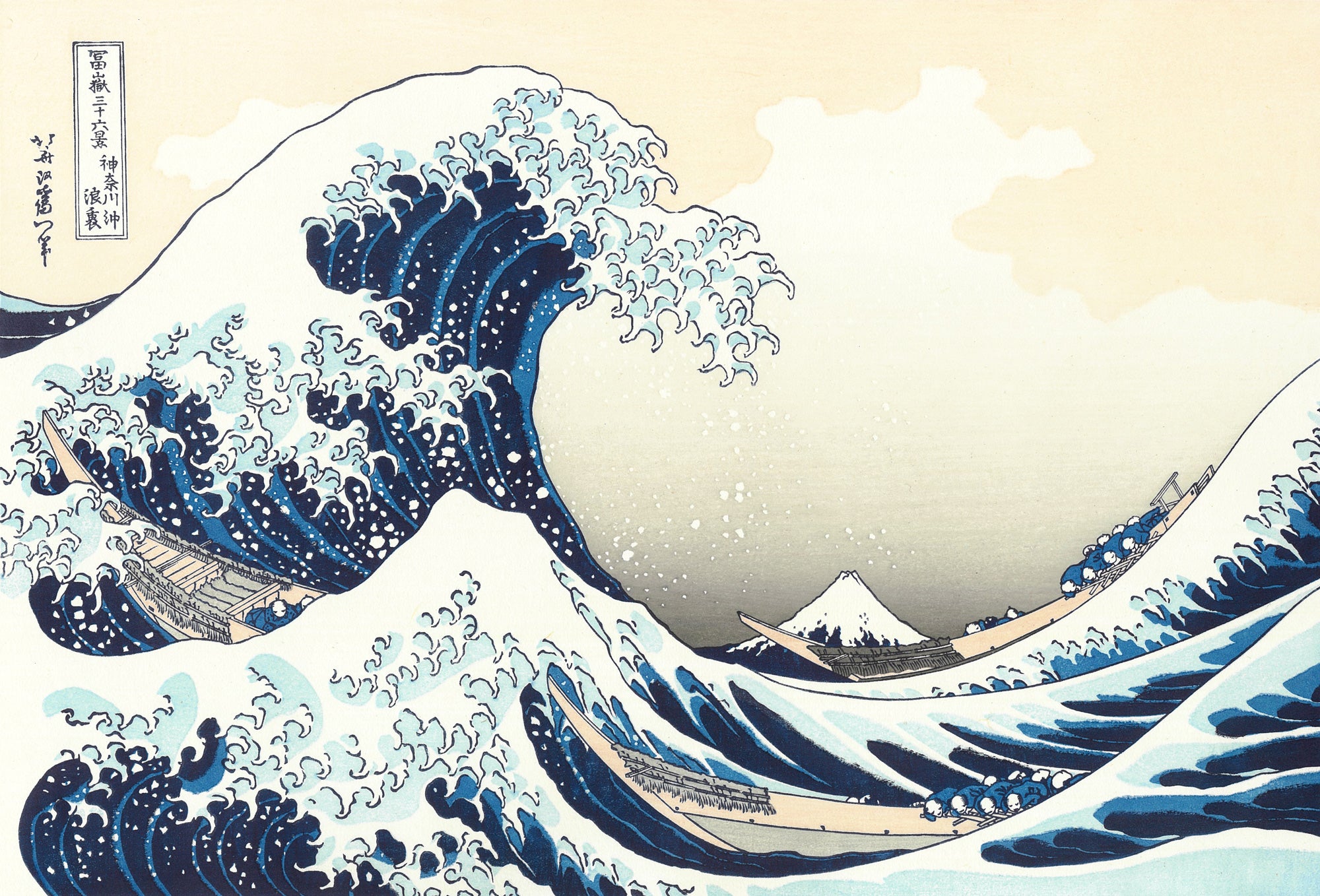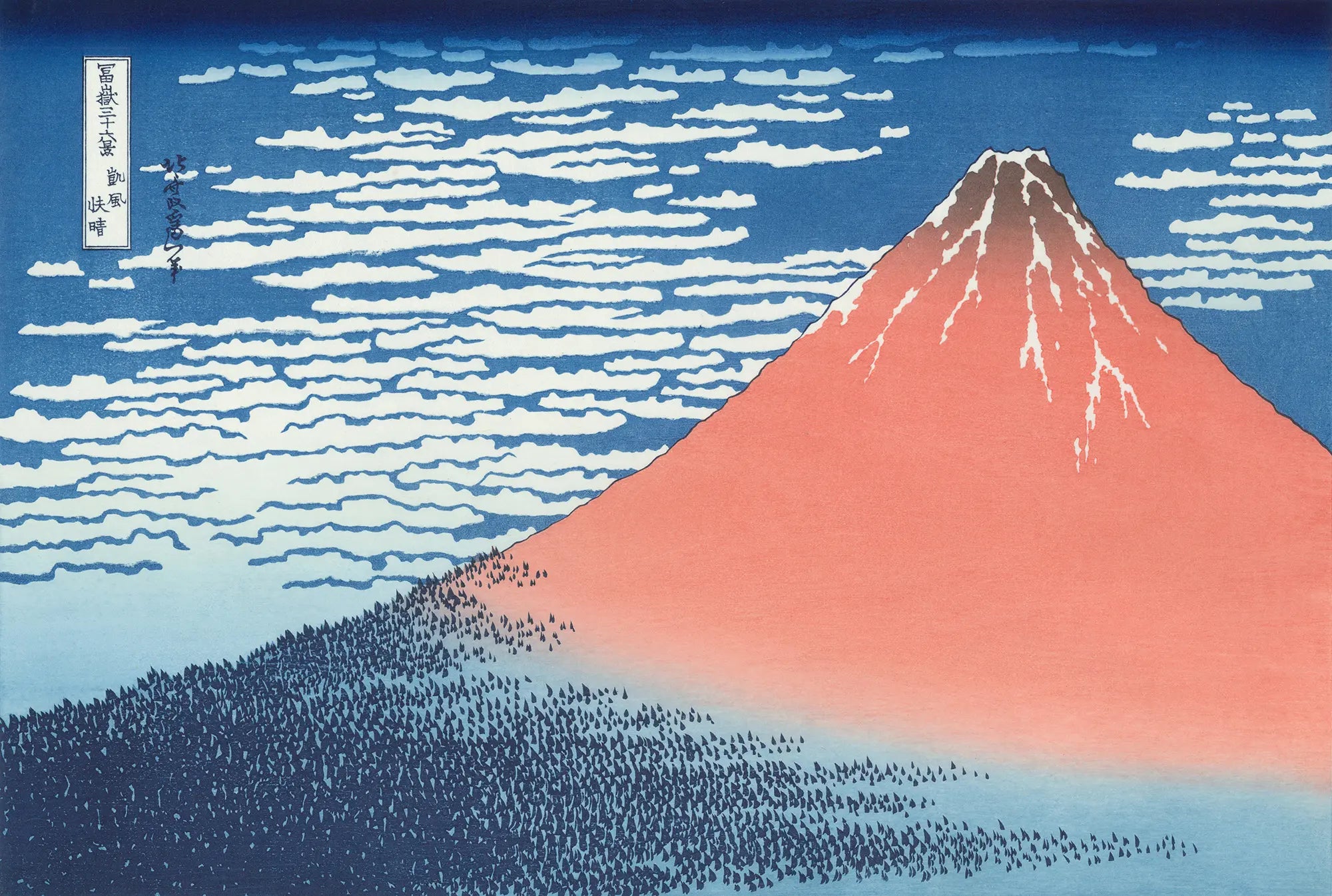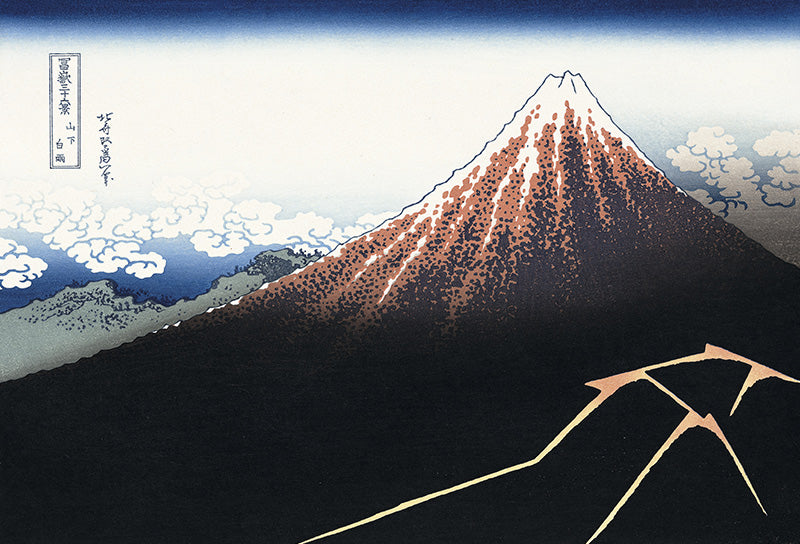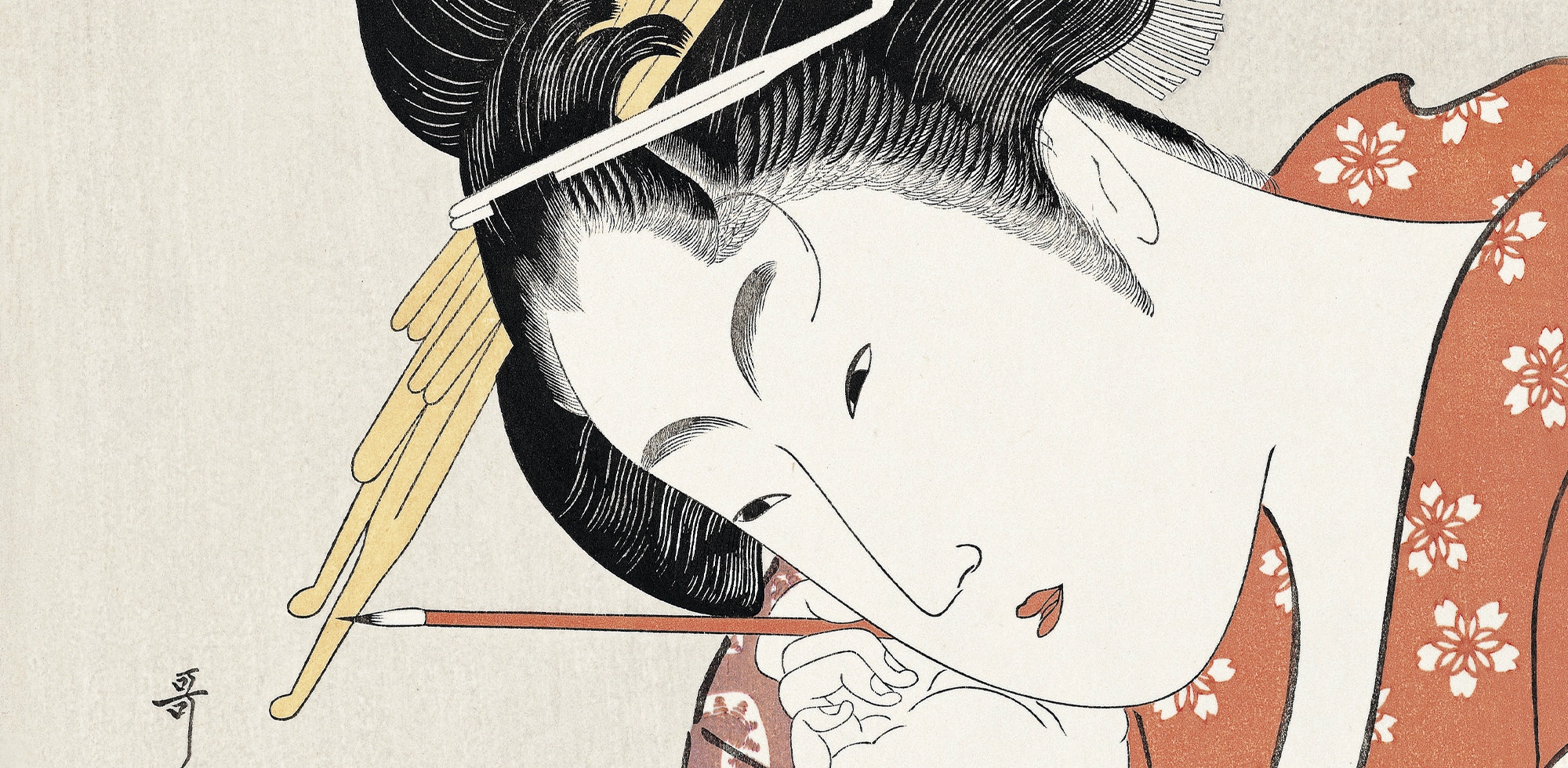
Kitagawa Utamaro “Renowned Beauties Likened to the Six Immortal Poets”
“Renowned Beauties Likened to the Six Immortal Poets” by Kitagawa Utamaro (1753-1806) was produced from 1794 to 1795, when Utamaro was at the prime of his career, and it is recognized as one of his greatest works. The famous beauties were women in Edo during the Kansei era who were known for their beauty. The six women selected for the series were Okita of Naniwaya, Tatsumi Roko, Takashimaya Ohisa, Hanaogi of Ogiya, Hinodeya Goke, and Tomimoto Toyohina, all famed beauties of Edo.The picture in the upper right-hand corner of each piece is a sort of guessing game that shows the name of the beauty in pictures. Ukiyo-e artists of the Edo period had a keen sense of humor and loved to surprise people with such a game included in their works. Although Utamaro's works were more realistic than other ukiyo-e artists, the facial features of the six women portrayed in the series represent his ideal woman, not real women. But Utamaro vividly captures the beauty he saw in women with his expert skills.
